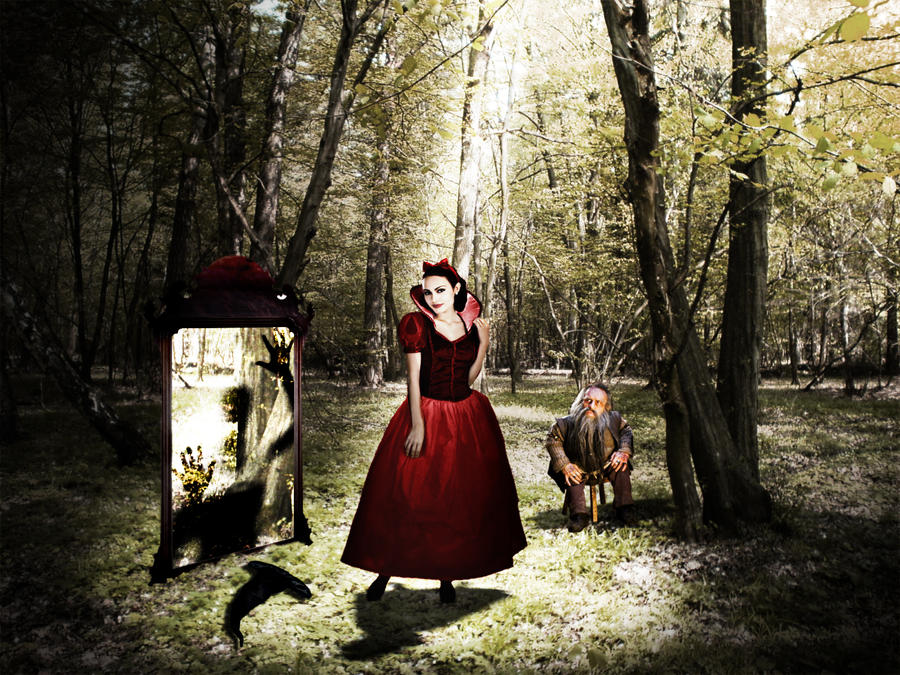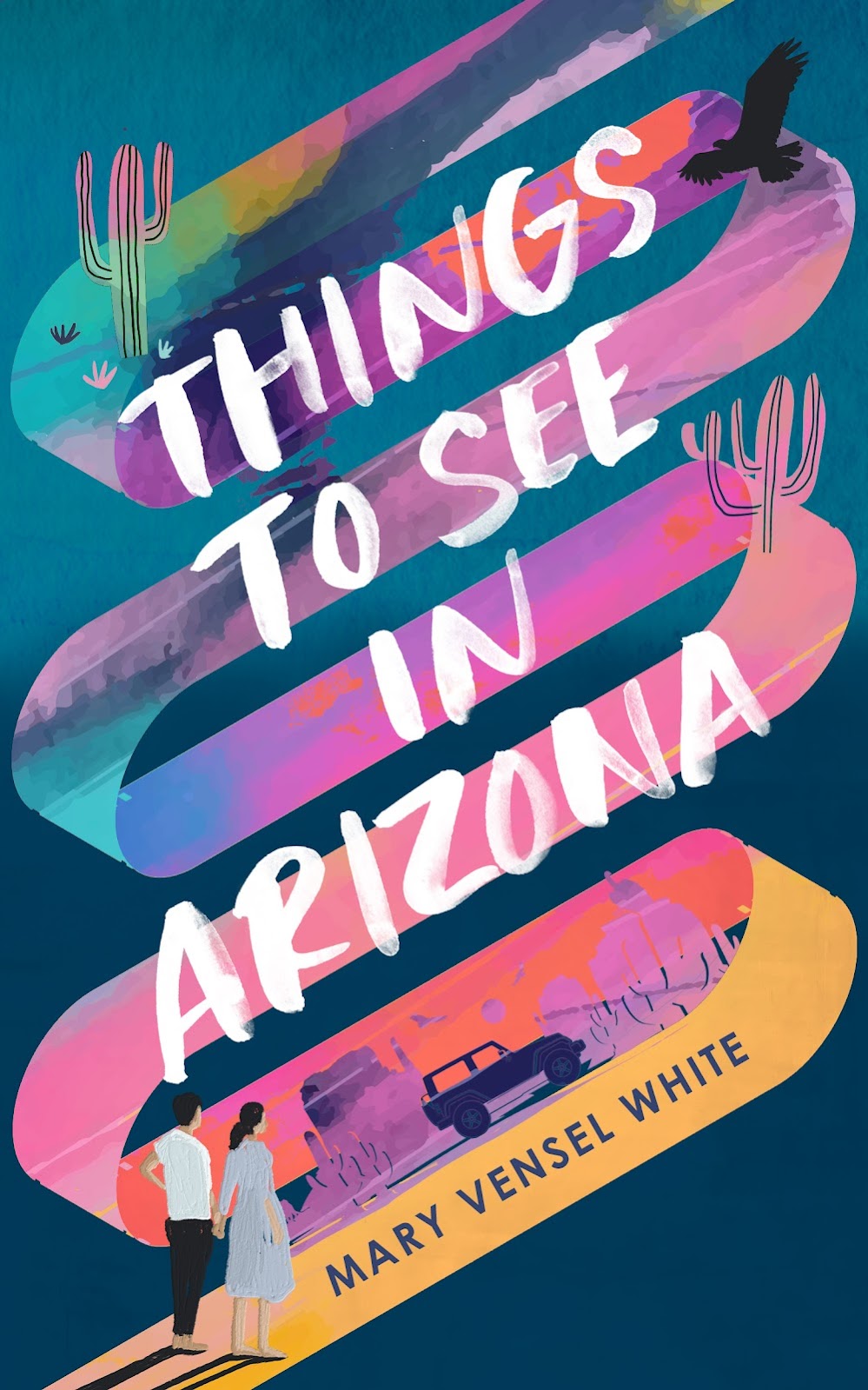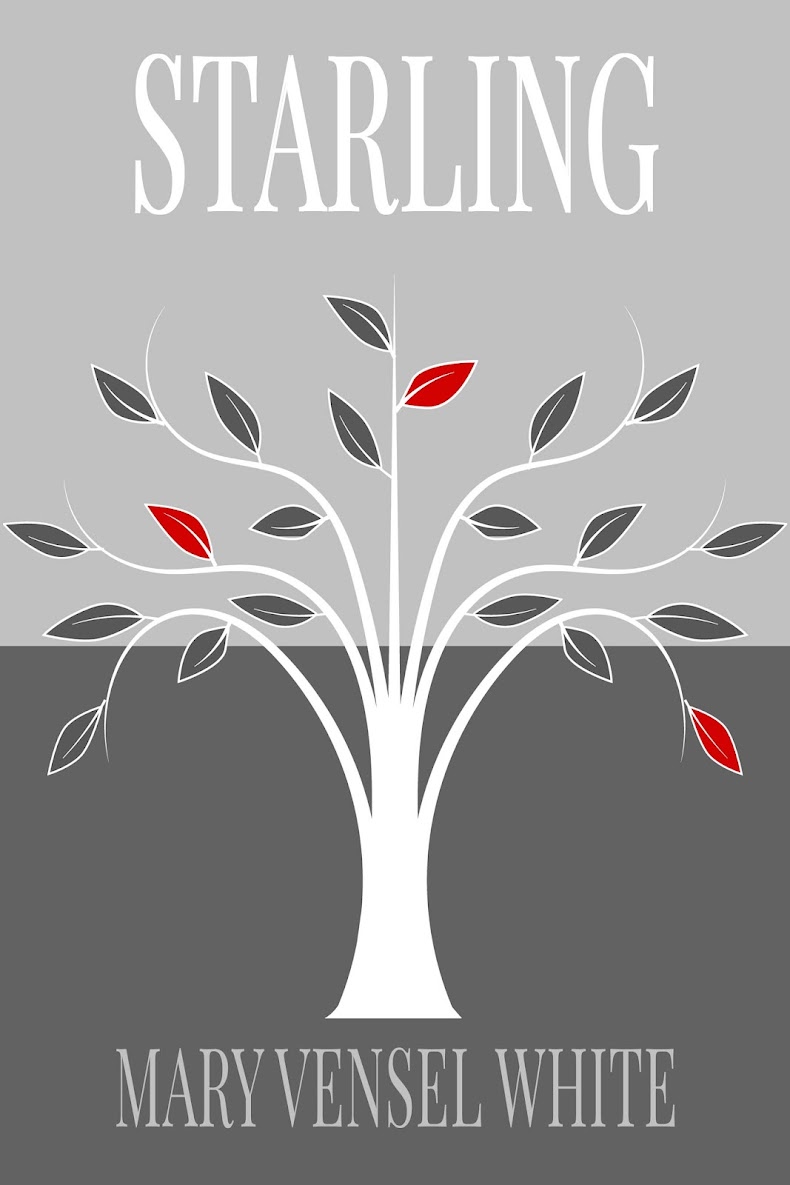I remember reading something author Jennifer Egan said once, in an interview during all the hoopla for her A Visit From the Goon Squad. She talked about our media/technology-driven times, and how we're accustomed to ingesting a myriad of information at once, in bite-size chunks. She talked about the structure of her novel, thirteen chapters all with different main characters and styles. A novel in parts rather than “one central story.” And she liked the idea of the chapters as a deck of cards that could, in theory, be placed in any order and still lead to the same effect. I won’t link to anything here because a simple Google search will put you in touch with many, many people talking about Goon Squad and Egan herself talking about it quite a bit too.
It affected me, this notion of a novel in parts, and playing around with chronological time. Allowing the reader to fill in bits between scenes, to construct the line of progress in their own minds, to make the story. Which is probably a big reason why I loved Building Stories so much, because in a very overt way, it did all of this. Read my previous thoughts on Chris Ware’s wonderful graphic novel here.
You ever notice when you’re thinking about something, the universe tends to align and help you out? My family has been watching the television series Once Upon a Time over the past couple of months. We’ve completed the first season and are now into the second, all of us completely hooked. The structure, if you haven’t seen it, is much like Lost or for those who remember the initiator of the type, Twin Peaks . There is a back story, a developing narrative shared by all characters, but episode to episode, you are also introduced to a number of side stories. Small players come and go, interweaving with the main characters; mood and style and approach sometimes vary week to week.
When my book club discussed Egan’s novel (which many of us did not really like), we tried to articulate what exactly the problem was. For me, it lacked something. Something driving the reader forward between stories, some point or conclusion. I wasn’t bothered by the shifts back and forth in time or between characters, although the differing styles sometimes felt labored. It just didn’t feel like it had anything holding it together. A central story. The book club hypothesized that maybe younger readers wouldn’t be as put off by this, because it’s the young, Twitter and texting generation that is absorbing stimulus, audio, visual, et. al. at astonishing rates.
But in watching Once Upon a Time with my children—aged 12, 10, 10 and 10—I found this was not the case. They were not happy to lie back passively while unrelated images and side stories floated by. On the contrary, they were always bringing up strands of the central story to stay mentally organized. Remember when she promised this or that, Mom? Or…It was the glass! Remember that episode when she dropped the glass from the coffin? The activity of putting together the pieces of the narrative were just as important to them as it would be to anyone of, ahem, more advanced age.
Just some random thoughts as I tackle my current work-in-progress, a collection of interlocking short stories that will, hopefully, in the end be joined in some rewarding way. I hope.














0 comments:
Post a Comment